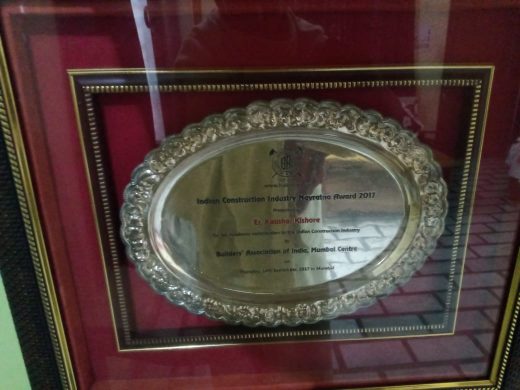By
1) KAUSHAL KISHORE
Materials Engineer
Roorkee
Kaushal Kishore is retired from IIT, Roorkee and now a Consulting Materials Engineer. He has over 50 years of experience in all types of Concrete Mix Design.
2) RAKESH SHARMA
Vice President Project
Supertech Limited
Rakesh Sharma is Vice President Project of M/s Supertech Limited. He has 28 years of experience in Construction.
I.T. Park, Doon Square Mall at Dehradun, Uttarakhand is being constructed by M/s Supertech Ltd. For this site M-30 grade of concrete suitable for pumped concrete is required. Aggregates for construction was stored at site. Its analysis report is given in Table 2.
For laboratory trial 5 brands of PPC cement bags were taken from local market. They were identified as cement brand, 1, 2, 3, 4 and 5. Two reputed brands of normal superplasticizers based on sulphonated naphthalene formaldehyde (SNF) were taken for trials. They were identified as SP (A) and SP (B) to find their compatibility with the given 5 brands of PPC cement identified as cement brand 1, 2, 3, 4 and 5.
COMPATIBILITY
The behavior of concrete in the presence of superplasticizers is related to the amount and type of sulfate added to the clinker. The rheological and setting Behavior are changed depending on whether the sulfate is added as anhydrite, hemihydrates, or gypsum. The difference are explained by the different rates of dissolution of these sulfates.
Read More

